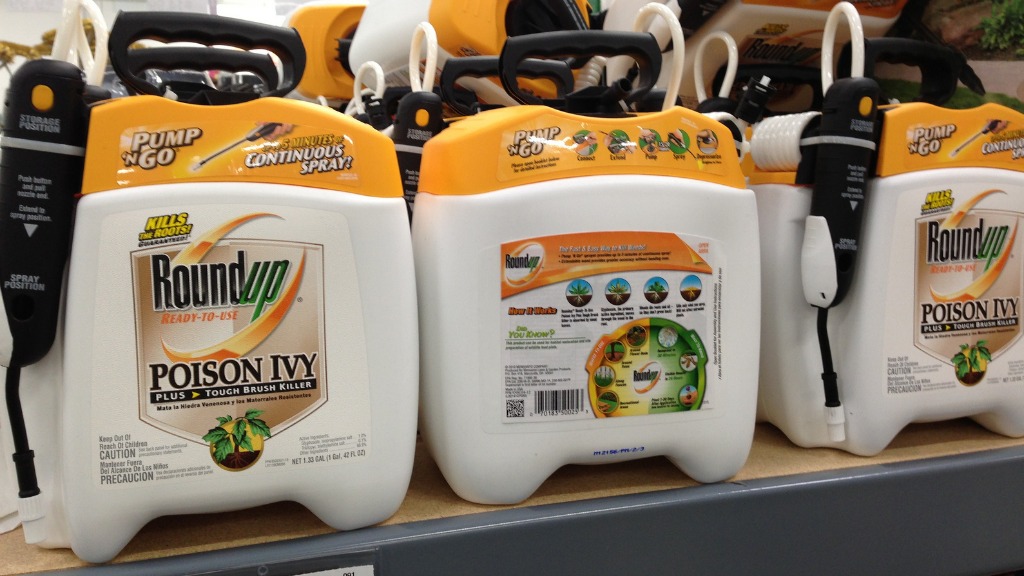If your circle of friends and acquaintances is anything like mine, you’ve already heard by now that the World Health Organization just classified glyphosate — the active ingredient in the herbicide Roundup — as a probable carcinogen.
The WHO cancer agency also added two other pesticides, malathion and diazinon, to this “probable” category. That has received less press coverage because they, unlike glyphosate, are not associated with genetically engineered crops, always a lightning rod. There was a big increase in the use of glyphosate when farmers switched over to GE glyphosate-resistant crops.
So what does this new classification mean? There’s a great, er, roundup of reactions from scientific experts in the field here. That comes from the Science Media Center, which does yeoman’s work in taking controversial headlines and placing them within the context of scientific knowledge. I highly recommend taking a look at that. Here are the takeaways:
- There is a real chance that these pesticides could cause cancer, and we should be careful with them.
- There’s controversy — several scientists disagreed with the designation.
- Don’t forget that the list of things that probably cause cancer includes … just about everything.
That last point is worth dwelling on a bit. Here’s the WHO’s full list of “known” (group 1), “probable” (group 2A), and “possible” (group 2B) carcinogens. It’s a weird list. Sunshine, alcoholic beverages (the ethanol therein), wood dust, and outdoor pollution are “known” carcinogens. The “probable” group includes wood smoke, night shifts (they disrupt circadian rhythms), and hot mate (the South American drink).
I make these comparisons not to downplay the risk — just to put it in proper context. Just about everything in life has risks; the trick is to weigh those risks thoughtfully against benefits.
The nice thing about glyphosate is that, at this point, it’s nonproprietary: Monsanto’s patent has expired and farmers can get it cheaply. It can be useful for poor farmers who want their kids to go to school rather than hoe the fields. It helps farmers adopt conservation tillage techniques (where they don’t plow at all, or only minimally, to prevent erosion, and encourage soil ecology). But there’s also no doubt that farmers are using more glyphosate than ever before, in an arguably profligate manner.
It may be that we as a society decide that, if the carcinogenic risk of this herbicide is greater than its benefits, we should take steps to reduce it. We’d want to do this in a holistic way, looking carefully at farm practice to ensure that glyphosate isn’t replaced with something worse. And we shouldn’t let the fact that it’s associated with the GMO boogeyman cloud our thinking.
Another probable carcinogen, acrylamide, is formed by cooking at high temperatures: It shows up, for instance, in coffee beans, potato chips, and french fries. The FDA just approved a GMO potato that produces less than half the acrylamide. If we want to reduce glyphosate use, shouldn’t we also embrace this potato? And conversely, if we aren’t worried about glyphosate, is there really any need for the new potatoes?
Either way, let’s just be consistent.
Update: We asked our pal Andrew Maynard, the University of Michigan professor behind the YouTube series Risk Bites, what to make of all this. He whipped up this helpful video:



